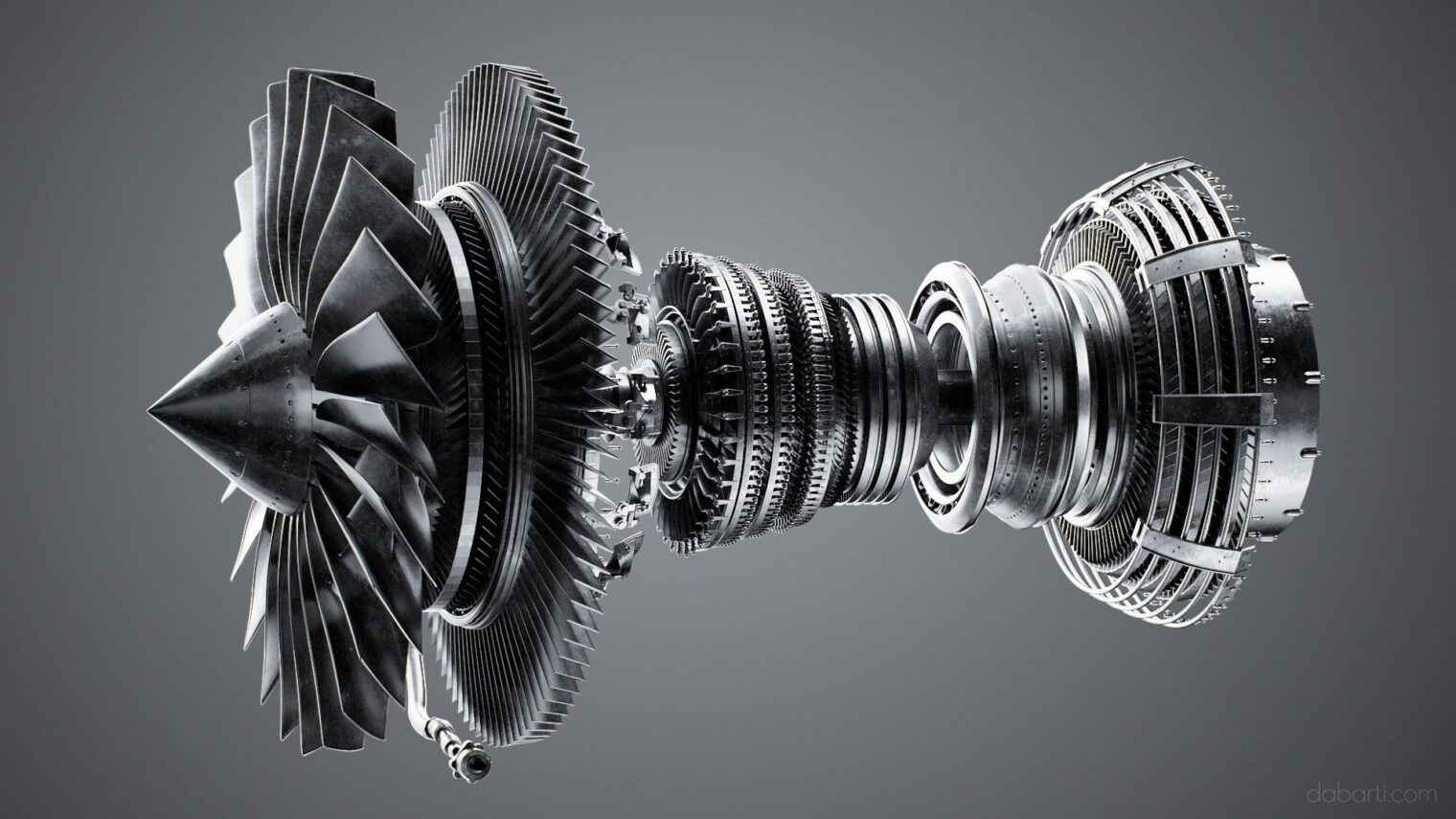Today Aircraft Engines used are categorized mainly as two types.
- Reciprocating/Piston Engine.
- Gas Turbine Engine.
Let’s start with small air crafts first. The most economical and reliable type for General Aviation aircraft is Piston Engine.
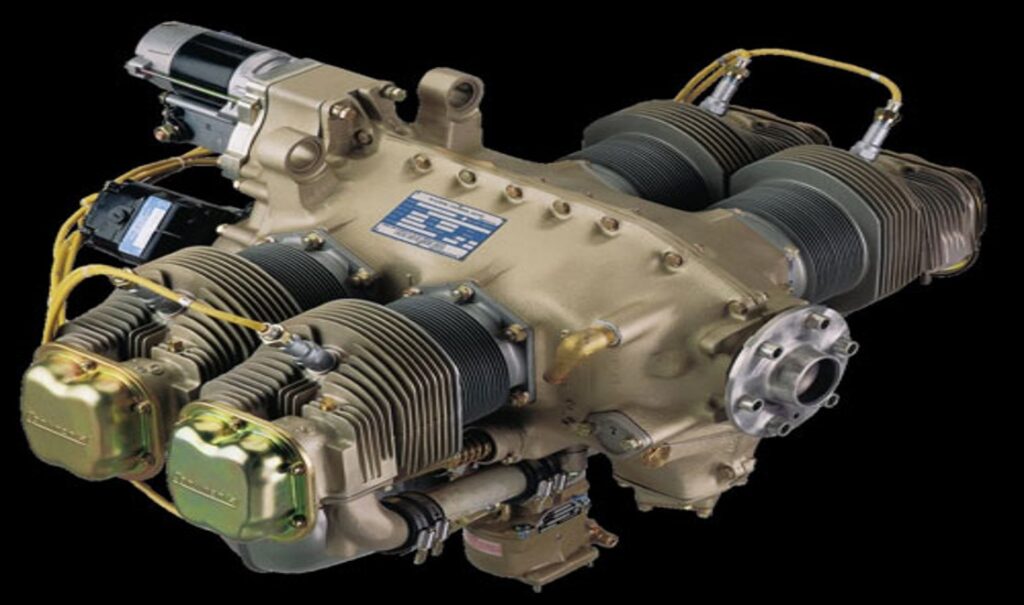
Do you know the principle of these Engines?
Well, the basic theory applies to this piston engine is to convert Chemical Energy from the fuel into Heat energy which is later converted into Mechanical Energy. We will learn more in detail later in our discussion.
what does it mean by reciprocating?
Reciprocating simply means movement of backward and forward motion in a straight line, they are typically called Heat Engine that uses piston to convert Pressure into Rotation work. It happens basically inside the cylinders. Fuel/air mixtures inside cylinders ignited and the energy from it is converted into rotation motion through a crankshaft which is connected with propeller.
Types of Reciprocating/Piston Engine are :
- In-Line Piston Engine
- Rotary Piston Engine
- V-Type Piston Engine
- Radial Piston Engine
- Horizontally Opposed Piston Engine
let’s start with Inline Piston Engines. Inline means, aircraft engines are positioned straight or in-line with each other. The cylinders in a line, look like automobile engines. They were very popular in early, older aircraft. This type of piston engine has to be water-cooled. They also require additional maintenance and the problem is that they have a greater risk of engine failure than other types of piston engines.

Rotary Engines were found during world war I for military Aircraft use. These engines came in the era of early aviation because the inline aircraft engines were very heavy for military operations. In this type of piston engine, the entire engine rotated along with the propeller, which generated additional airflow for cooling the engine. But the disadvantage, these engines were also bulky and awkward and were not practical for commercial use for passengers. The shape also does not allow streamline airflow to produce aerodynamic lift because of the wings having disturbed airflow coming around the engine of the aircraft.

V-type Engine: If two in-line engines are welded together, We can call them the V-type piston engines. The idea also came from the automotive industry in early aviation. They were also used as well as in trains and ships due to the tremendous torque they produce for bigger engines. Most of these piston engines are water-cooled. During World War II, this type of airplanes was more vulnerable due to bullet strikes because it used to damage the aircraft cooling systems, leading to engine failure.

Radial engine: This type of engine is more complex than the V-type piston engine, but the engine can produce better smooth and efficient operation compared to other types of early piston engines. The engine consists of odd-numbered cylinders (commonly 7 or 9 Cylinder) arranged in a circle around a central crankshaft at the nose of the aircraft. Even with the smaller crankcase, this type of aircraft piston engine had a much better power to weight ratio than the v-type piston engines. The engines also can cool evenly and run very smoothly due to the cylinder arrangement’s exposure to incoming airflow.

Horizontally Opposed Piston Engine: They are also called as flat/boxer engines, these piston engines have two banks of cylinders on opposite sides of a central crankcase. These engines can be air or liquid-cooled but are most often air-cooled. They are found most popular in modern general aviation aircraft because of their reliability, simplicity, and easy maintenance. The engines are also found very efficient to operate with different types of aviation fuels. One of the big advantages of these aircraft engines is to produce streamline airflow because of the better aerodynamic shape of the aircraft.

Now let’s know a little about Gas turbine engines. These are the aircraft engines used mainly in most big commercial airlines today. These gas turbine engines are classified according to the type of Compressor they have. Three types of compressors are called Centrifugal flow, Axial flow, and Centrifugal-axial flow. I will discuss more details about these three terms in my other blog. Just keep updated!
Gas turbine engines are basically four types in modern Aviation today:
1.Turbojet,
2. Turboprop
3. Turbofan, and
4. Turbo-shaft.
Do you know the principle of the Turbojet Engine? This type of engine gets its 100% power/thrust from the mass of the airflow from the exhaust gas. but do you know how that works? Well, the incoming air is compressed by the compressor at the beginning and forced to enter the combustion chamber by the compressor which is driven by a turbine wheel at the end. The turbine, in turn, is driven by the momentum of the hot exhaust gases.
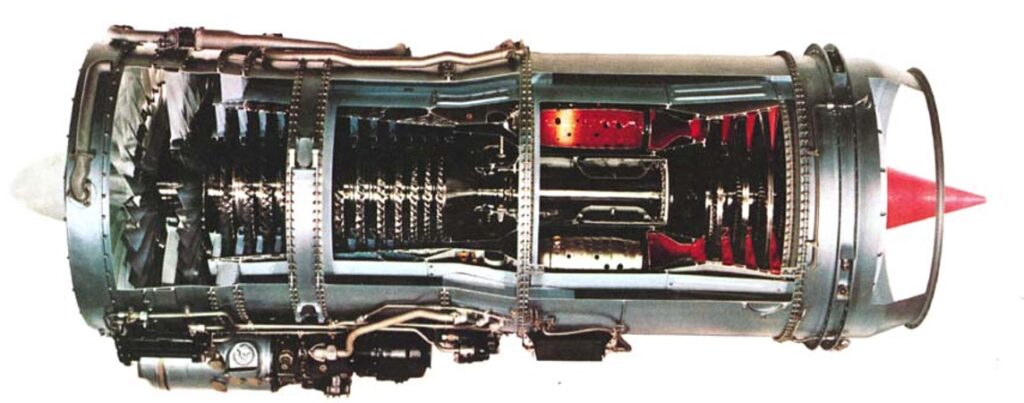
Let’s watch an interesting video to understand a little better about Jet Engine :
Turboprop Engine: In addition to jet propulsion, the gas turbine engine may also be used to drive a propeller. This is known as a turboprop engine. There are several methods presently used to drive the propeller. The first one is called the “fixed shaft method” in which the turbine shaft drives both the compressors and the propeller via a propeller gearbox. The other method, which is more popular, comprises two sets of turbine wheels. The first set is used to power the compressors and the accessory gearbox and the other is used to drive the propeller. This is known as a “Free Turbine”.
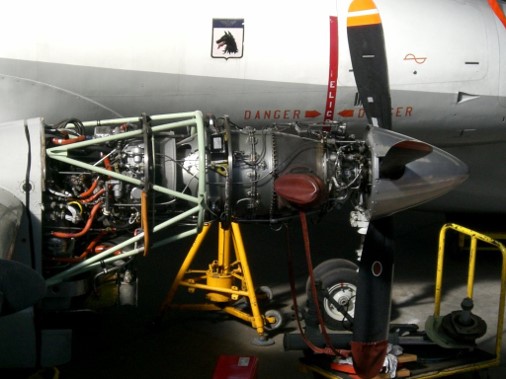
I would like to share another informative video here below to explain more details about How a turbo prop engine works.
Turbofan Engine: This is the type of engine which is most popular in most modern transport category aircraft today. It is simply the practical application of the principle of a by-pass engine. It was developed to incorporate the best features of both turbojet and turboprop engines. Basically, the turbofan is a turbojet with a ducted fan attached at the forward end of the compressors. The fan contains a great deal more blades than a turboprop and moves the air at a greater velocity. I will discuss more details about this type of engine in my other blog coming soon.
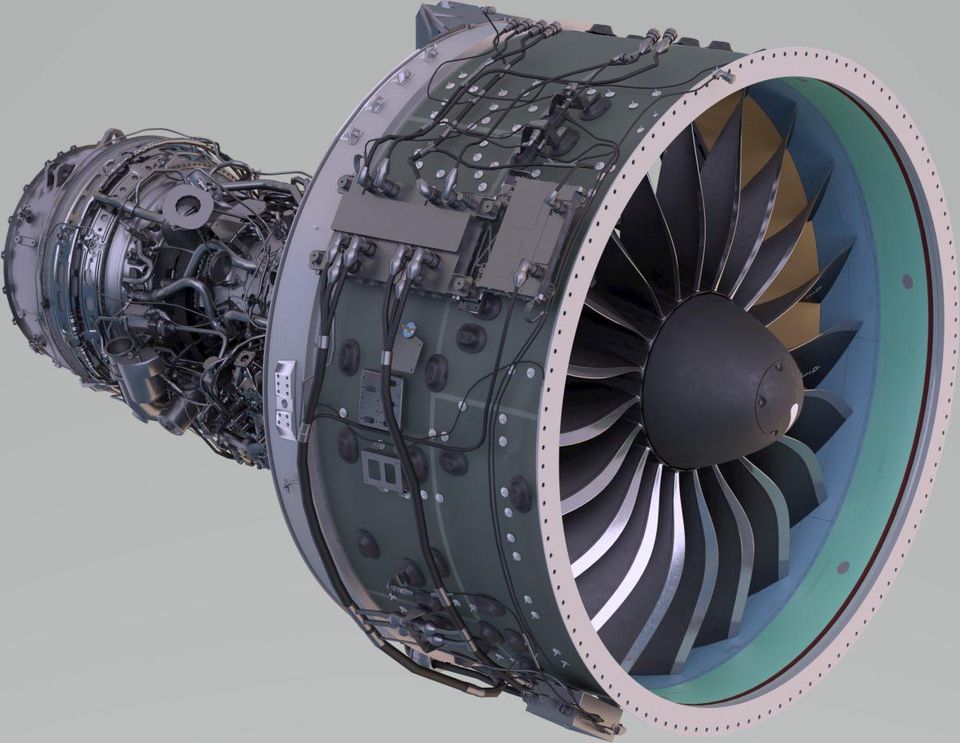
Turbo Shaft: In helicopters, the gas turbine engine is used to drive the rotor blades of the helicopter. This is known as a turboshaft engine. Let’s wait for another blog in detail about Turbo Shaft Engine.
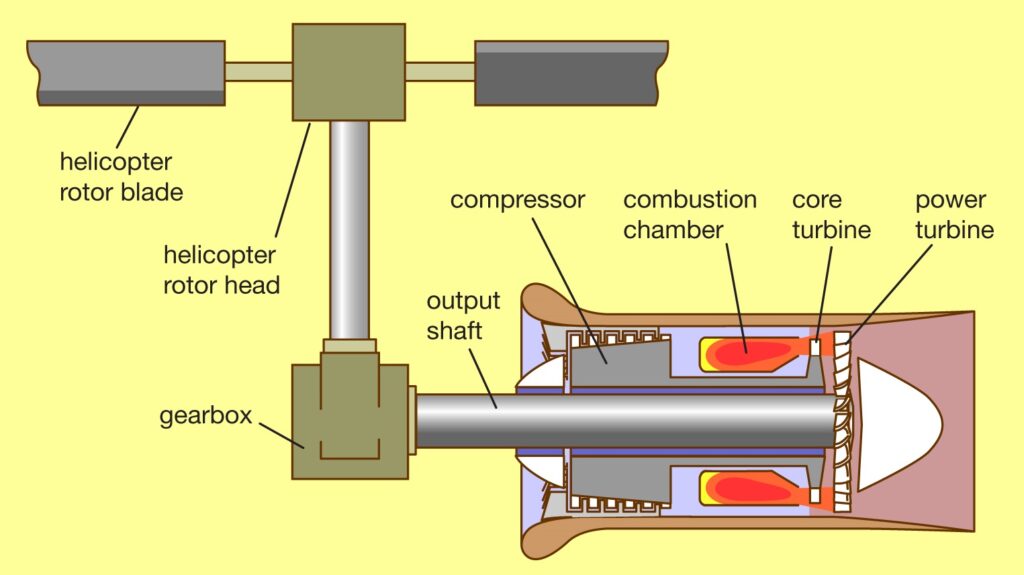
These are the basics of most types of Aircraft Engine explained in aviation today. But there is a lot more to learn if you want to know the mechanism of each aircraft engine. I will discuss advanced topics about aircraft engines in my upcoming blogs.
